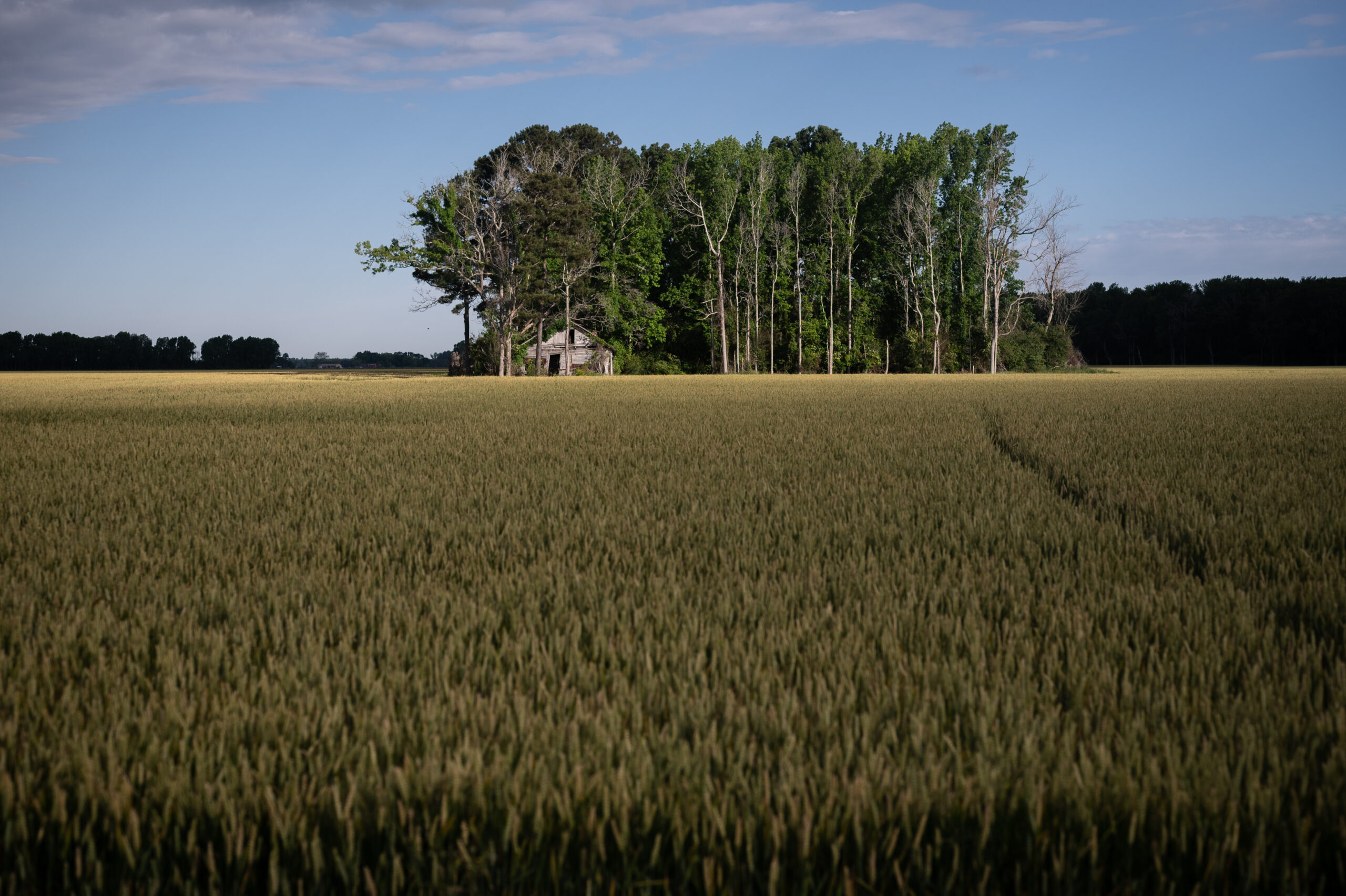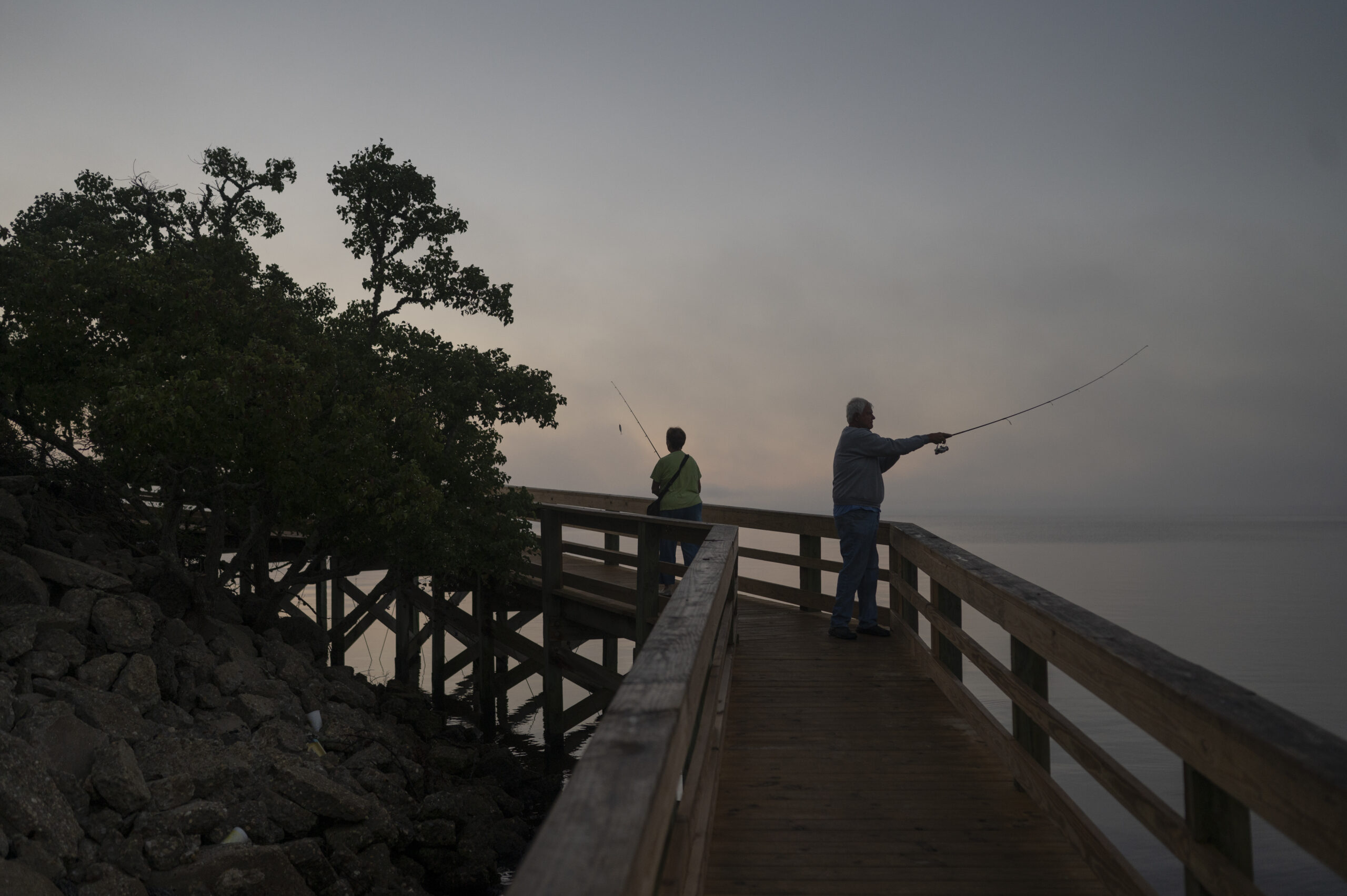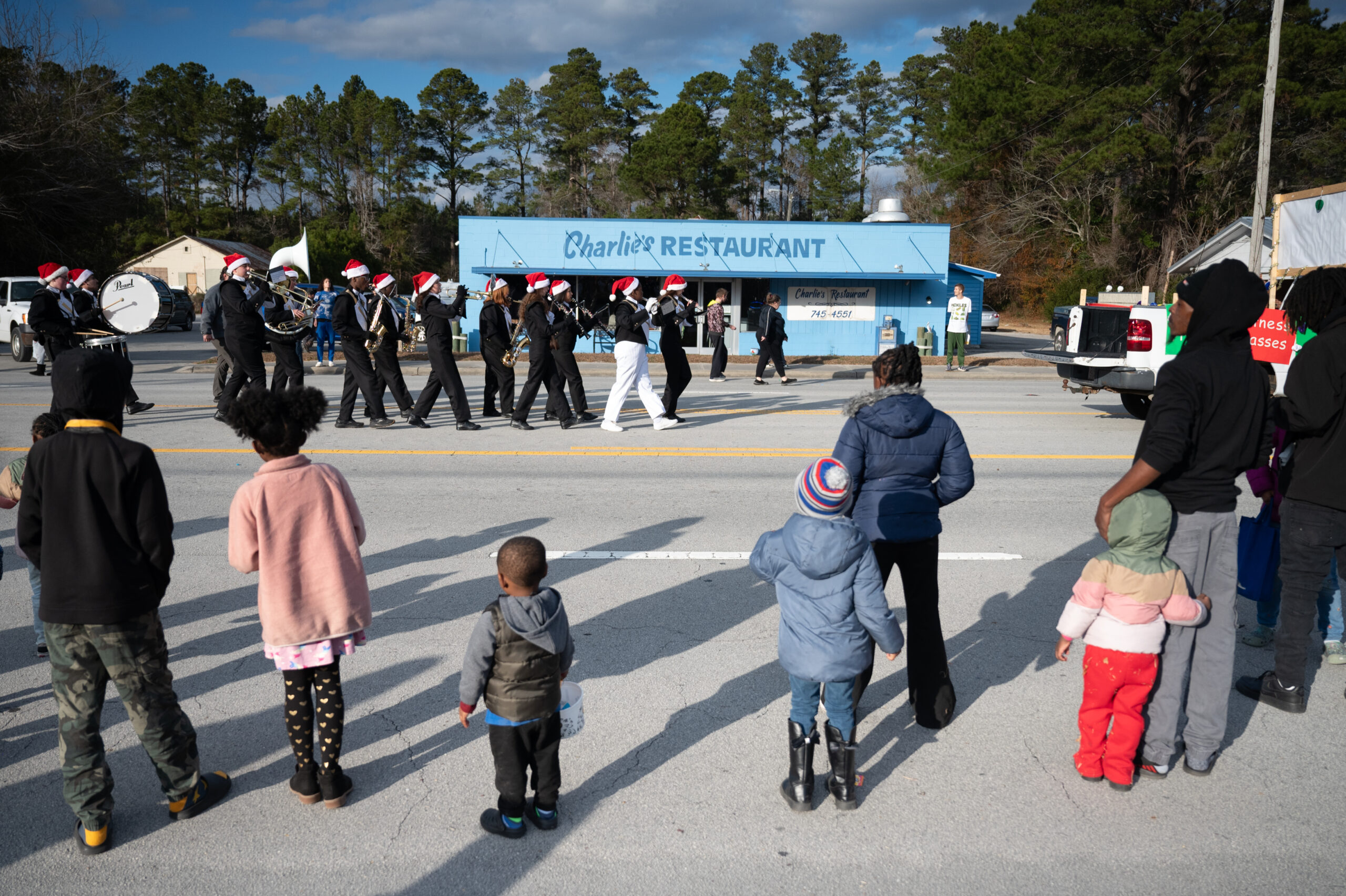15 photojournalism tips for reporters, from the founder of Down in the County
Andrea Bruce, Down in the County,
The farmland of Pamlico County provides a scene-setting shot. (Andrea Bruce/Down in the County)
Here's an idea to steal and adapt: Be an advocate for good photography and understand its importance.This is a series on Better News to a) showcase innovative/experimental ideas that emerge from the Knight-Lenfest Newsroom Initiative and b) share replicable tactics that benefit the news industry as a whole.
This advice comes from Andrea Bruce, founder of Down in the County, which participated in the UNC Table Stakes program in 2023. Read more about Down in the County in this Better News case study.
This piece was one of Better News’ most viewed of 2025. Check out the full top 5 list here.
What is “good” photojournalism?
First and foremost, it is ethical — avoiding stereotypes and cliches. At its best, good photography can cross cultural and political divides, drawing readers in with emotion, empathy, composition and light. It should be given the highest priority at publications, but it is often an afterthought.
I’ve worked for decades as a photographer and reporter for large publications around the world. In 2021 I started Down in the County, a visuals-first, online publication where I grew up, in Pamlico County, N.C., which has a population of fewer than 12,000.
Five years after its start, more than half of the adult population of the county subscribes. I believe good photography is the reason for our success.
Here are 15 tips for reporters wanting to improve their photojournalism:
1. Get buy-in from editors and the people who do layout.
Be an advocate for good photography and understand its importance. A good photograph brings readers to a story and has the potential to reach people from different backgrounds and reduce the political divide. Poorly executed photography can also turn them away.
2. Ethics come first.
Photography can be misused easily, and create distrust. Don’t set up an image, unless it is an obvious portrait. (Setting up a photo is like making up a quote.) Don’t rest on cliches or stereotypes.
3. Time is more important than gear.
If you are writing and photographing, set aside at least 30 minutes for just photography. Observe. Focus. The more time you spend, the better the photos will be.
4. Don’t photograph someone unless they agree to it.
In public spaces, this isn’t the law. But I have rarely been in a situation where I need to photograph someone who doesn’t want to be photographed. Talking to folks, getting their buy-in is important for the story and will make better photos. It also improves how people see journalists.

Brenda and Vernon Rose have come out before dawn to fish. They are standing on a pier casting their pre-baited lines — hidden from the road by scrub and tall pines. (Andrea Bruce/Down in the County)
5. Light is the key to beautiful photos.
Try to plan your in-person trips during early morning or late afternoon. Midday light is painful. If you are indoors, look for natural light from a window. Try turning off artificial light like lamps and fluorescent lights — they turn people red or green, bringing color into a frame that can be difficult to correct.
6. Look at your background.
Make sure there is nothing bright or distracting there. Low depth-of-field, or portrait mode if you have a smartphone, can help clean things up. Look for things sticking out of people’s heads in the background.
7. Try different angles.
Get up high, get down on your knees. See the world from different perspectives.
8. Get close to people.
The first step in becoming a good photographer is to not be afraid of getting close. A photograph is rarely too close, but is often too distant.
9. Mix it up.
After you get a close photo, go very wide. Photograph a variety of distances; close, medium and wide.

A scene-setting photo shows the 2024 Pamlico County Christmas parade. (Andrea Bruce/Down in the County)
The Pamlico County Christmas Parade.
10. Take a scene-setter.
Always remember to photograph a wide scene of where something is taking place. The street. The house. The building. The neighborhood.
11. Make lots of photos.
I usually make thousands of images for every two or three used. Don’t be afraid to experiment and make a lot of images!
12. Don’t second-guess your gut.
If you feel something is a photo, make it. You can edit through everything later. If you see a potential good photo while driving, stop and photograph it. Don’t think you will come back to it later. You won’t.
13. Be calmly confident.
Remember, the person being photographed wants you to do a good job — they want a good photo. They need to feel confident that they can trust you. Even if you don’t feel confident, fake it.
14. Don’t photograph the same thing you will be describing in detail.
Why would someone read about something they just saw in a photo? Except for the people in your story, try to have the photos fill in the story holes—complement your words.
15. Look to painting, photography and art for inspiration.
Becoming more visually aware can help your writing!